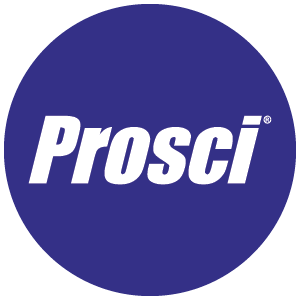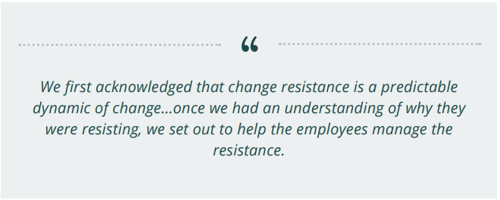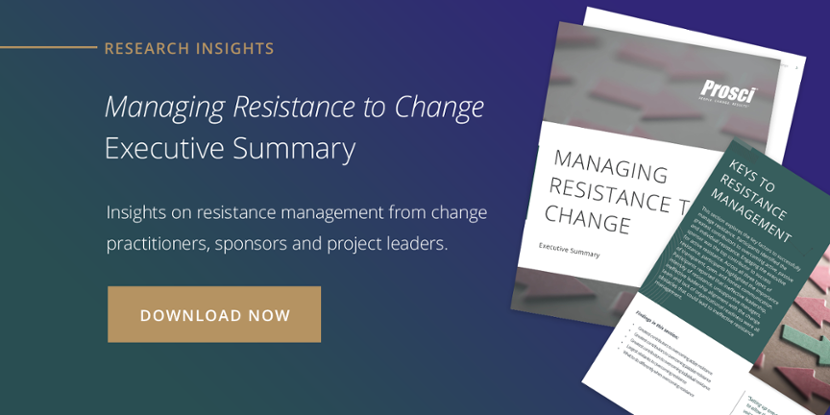How to Address Active Resistance to Change

2 Mins
Updated: August 12, 2022
Published: October 24, 2018

I have reached that stage in my life where all my close friends and family members have at least one toddler. This makes me the part-time uncle/babysitter/mommy-needs-a-break-and-daddy-is-sick fill in. I’m sharing this because I have spent more time around toddlers of a variety of temperaments and social skills than I ever imagined I would, and I have learned what many parents already know:
Toddlers are the most resistant group of people I have ever met.
The push-back starts when any kind of change is introduced into the new routine. “That’s not how Mom tucks me in!” and “I don’t like those kinds of dinosaur chicken nuggets!” are just a couple of the many reframes that I’ve heard from my little charges. Kids are some of the most active resistors to change, but they are not the only active resistors.
Organizations of all shapes, sizes and industries experience active—meaning direct, vocal and proactive—resistance to changes they are trying to institute. Unlike with children, you can often avoid or mitigate this resistance through proper change management, but eventually even the most change-enabled organization will experience active resistance by some person or group.

The Plan for Managing Resistance
In situations where the resistance is already present, what should we do? Our latest round of research has sought to tackle this very question. The Managing Resistance to Change report specifically addresses active resistance and presents findings on the following top contributors to managing and addressing resistance to change:
1. Engaging the executive sponsor
An active and visible executive sponsor is key to a successful change management initiative overall. Engaging your executive sponsor to vocally support your project and directly address resistance can lend you the authority you need to handle the active resistance you are experiencing.
2. Communicating proactively

Flooding a resistor’s inbox with messages about the change will not stop them from actively trying to sabotage it. You need to communicate strategically. Meet them where they are, communicate with them in the most useful medium, and address their feedback. Above all, make sure you are doing this proactively and not reactively.
3. Identifying and confronting directly
Sometimes the most useful phrase in your tool box is, “You are actively resisting this project in these ways… .” When we confront others with their actions, we make them recognize and own the fact that they are having a negative impact on a project or others. Sometimes that is all that it takes to counter a resistant employee.
4. Equipping and enabling managers and supervisors to address resistance

Your front- line managers and supervisors can be your defense and your greatest help in addressing active resistance. Make sure you equip them with the knowledge, tools and incentive to do so.
5. Involving resistors in project or solution design
Sometimes the best thing you can do is bring your most active resistors into the project. Let them help co-create solutions to the concerns that they have, give them some stake in the project, and hold them accountable to its success.
Active resistance to a change, like spilled juice on white carpet, will happen, but it is important to understand and believe that it can be addressed and managed and our projects can still succeed.


